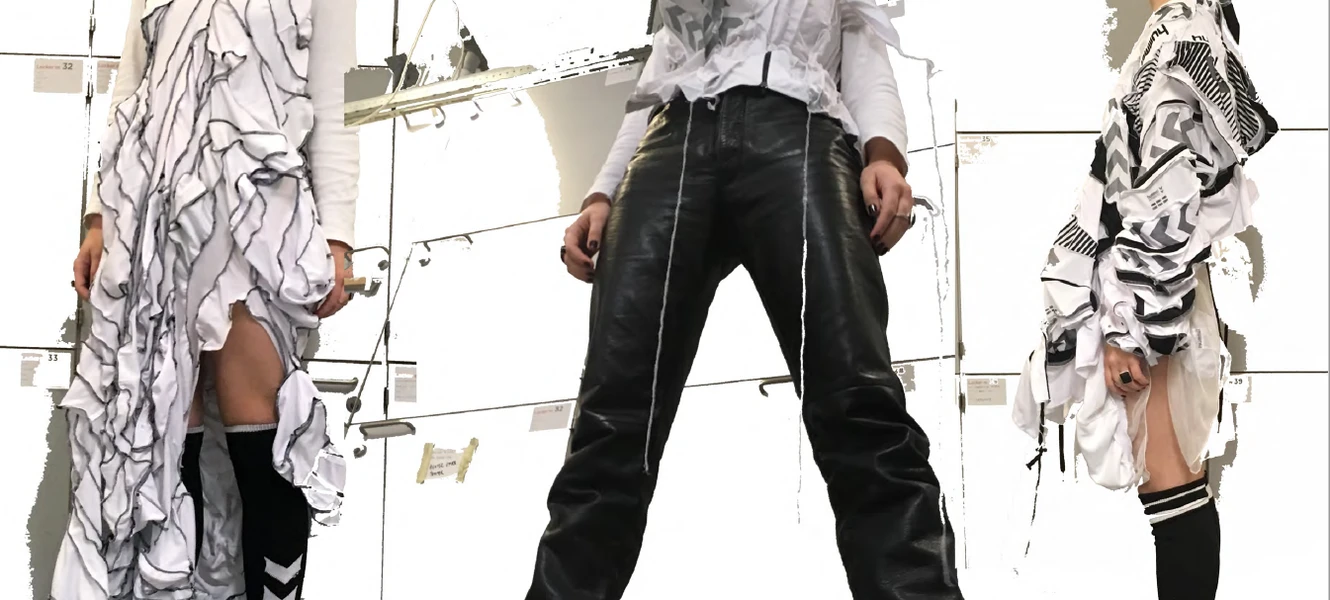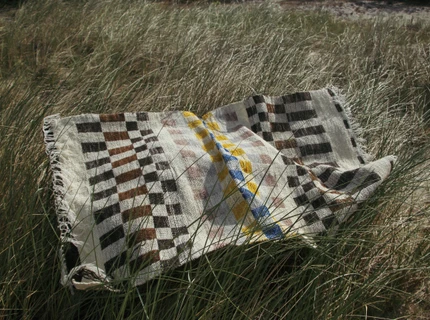
Danish brands under the knife
Boxes and boxes of prototypes and sportswear by Hummel. 800 uniforms by Olino. Production samples from Ganni and fabric residue from Henrik Vibskov. So-called ’deadstock’ from six Danish companies went on the operating table during this year’s Design for Change course at Design School Kolding.
Under the headline ’Aesthetic surgery’ students gave new life to textiles and garments that are no longer of any use to the industry. The donations are of great value because the large amount of materials enables the students to experiment freely with new up-cycling concepts:
- Designers must help put a stop to the over-consumption of natural resources. Therefore it is super important that we regard existing but unwanted products as a material resource, says Ulla Ræbild, assistant professor and one of the teachers at the Design for Change course.
Unlocking the material
One way of extending the life time of garments is to design something that users want to hold on to for a long time. You can achieve this by addressing emotional, functional and technical aspects – or by adding new value to materials that have been discarded. This process of redesign is also known as up-cycling. The course therefore emphasises aesthetic effects and having a creative approach to the design process.
- Once a material has been used in a design, it is sort of locked within that look. What the design students do is they use their aesthetic and technical competences to ’unlock the material’ and give it new aesthetic and functional value, Ulla Ræbild explains.
Turning shoe laces into shoulder bags
The level of the students’ creativity is impressive. Experimenting with leather residue and shoe laces from ECCO and textiles from Henrik Vibskov, Accessory Design student Annesofie Bundell has designed a mini collection of shoulder bags. Fashion and Textile student Christine Beate Husøy has used an unravelling technique, while fashion student Carl Sylvester Berg has draped Hummel sportswear into an organic collection of dresses.
Design for Change is a cross-disciplinary, recurring course that focuses on sustainability.
Thank you to
Ganni
Hummel
Pilgrim
Olino
Henrik Vibskov
ECCO
“Once a material has been used in a design, it is sort of locked within that look. What the design students do is they use their aesthetic and technical competences to ’unlock the material’ and give it new aesthetic and functional value. Ulla Ræbild”


